Blog
Leon Redbone (born Dickran Gobalian, August 26, 1949 – May 30, 2019) was a singer-songwriter and musician specializing in jazz, blues, and Tin Pan Alleyclassics. Recognized by his hat (often a Panama hat), dark sunglasses, and black tie, Redbone was born in Cyprus of Armenian ancestry and first appeared on stage in Toronto, Canada, in the early 1970s. He also appeared on film and television in acting and voice-over roles.
In concert Redbone often employed comedy and demonstrated his skill in guitar playing. Recurrent gags involved the influence of alcohol and claiming to have written works originating well before he was born – Redbone favored material from the Tin Pan Alley era, circa 1890 to 1910. He sang the theme to the 1980s television series Mr. Belvedere and released eighteen albums.
Redbone was elusive about his origins, and he never explained the origin of his stage name. According to a Toronto Star report in the 1980s, he was once known as Dickran Gobalian, came to Canada in the mid-1960s, and changed his name via the Ontario Change of Name Act. Biographical research published in 2019 corroborated his birth name, and stated that his family was of Armenian origin. His parents lived in Jerusalem, but fled in 1948 to Nicosia, Cyprus, where Redbone was born. By 1961, the family had moved to London, England, and by 1965 to Toronto.
more...Jones also contributed to the Broadway performance of the musicals Black and Blue and Jelly’s Last Jam and Jelly’s Red Hot Peppers respectively , and scored the films Ed’s Next Move (1996) and She’s Gotta Have It (1986 directed by Spike Lee ). He can also be heard on the album Coolin’ ‘N Groovin’ (1995), on which he u. starred with Chuck Rainey , Bernard Purdie and Lou Donaldson.
The form of the alegrías changes depending on whether it’s being performed by a dancer, a singer or a solo guitarist.
When sung, alegrías consists of one to four letras, each with three or four 8-syllable lines. One distinguishing characteristic of the cante por alegrías is the familiar salida: ti ri ti ti tran tran tran refrain in which the singer imitates the sound of a guitar.
When danced, alegrías can become much more complicated, particularly in a concert setting. Danced, an alegrías por baile would always include letras, whether or not there is a singer accompanying the dancer. It will also include one or more escobillas, sections that are devoted to footwork, and a silencio, a slow dramatic section in which the guitarist plays a traditional theme in a minor key. See Alegrías Baile below for a complete description of the dance form of the alegrías.
A solo guitarist can imitate all or none of the forms alegrías takes when sung or danced. A solo guitar alegrías will, however, retain alegrías’ essential compás and harmony, and will often include the same falsetas and phrases the guitarist would play when accompanying singers or dancers.
more...NGC 5566 is a barred spiral galaxy in the constellation Virgo, which is approximately 65 million light years away from Earth. The galaxy is the biggest in the constellation Virgo, stretching nearly 150,000 in diameter. The galaxy NGC 5566 was discovered on 30 April 1786 by the German-British astronomer William Herschel. It is included in Halton Arp‘s Atlas of Peculiar Galaxies. It is a member of the NGC 5566 Group of galaxies, itself one of the Virgo III Groups strung out to the east of the Virgo Supercluster of galaxies.
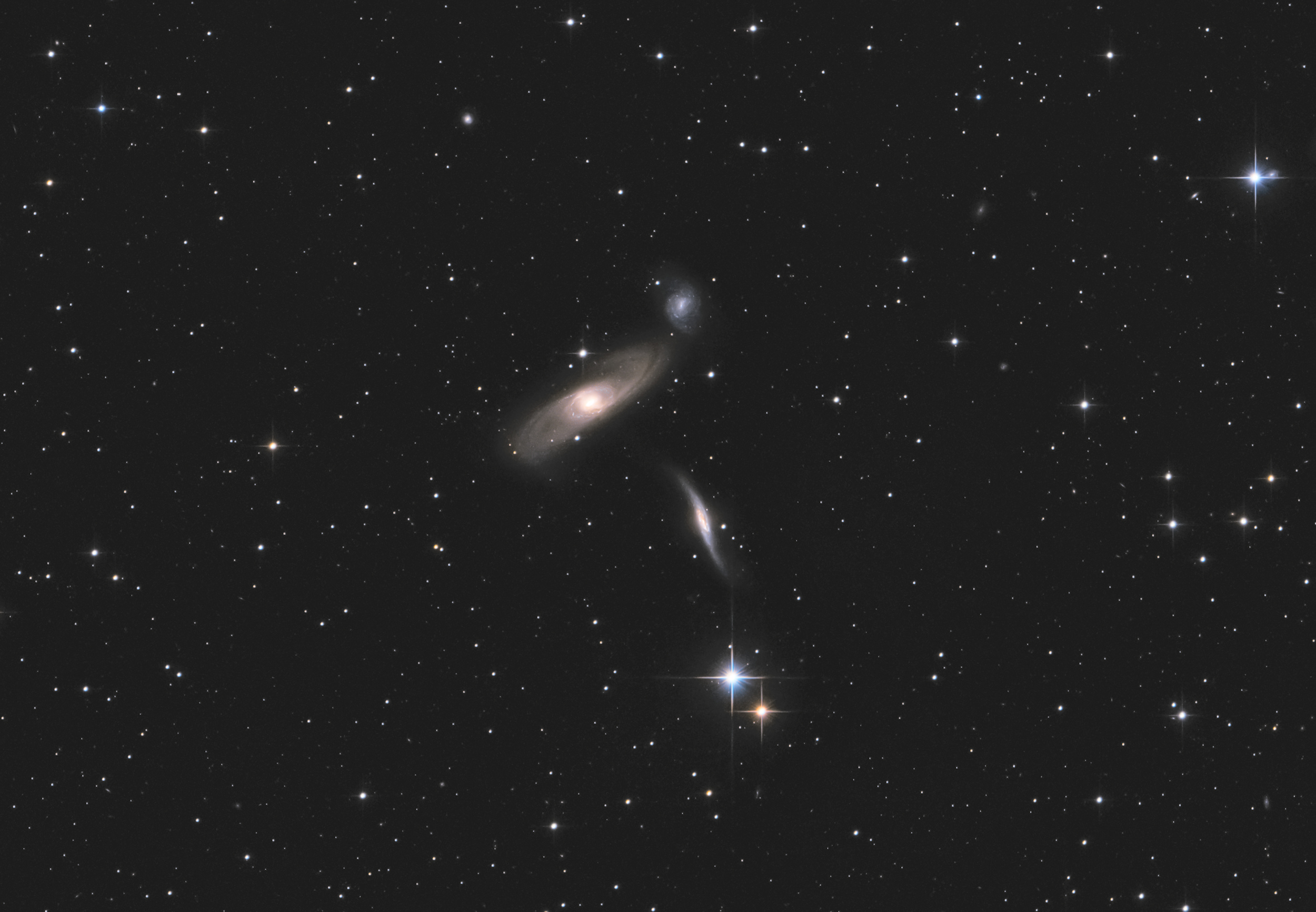
more...
Pat Martino (born Patrick Carmen Azzara; August 25, 1944 – November 1, 2021) was an American jazz guitarist and composer.
Martino was born Patrick Carmen Azzara in Philadelphia, Pennsylvania, United States, to father Carmen “Mickey” Azzara (d. 1990) and mother Jean (née Orlando, d. 1989). He was first exposed to jazz by his father, who sang in local clubs and briefly studied guitar. Martino began playing professionally at the age of 15 after moving to New York City. He lived for a period with Les Paul and began playing at jazz clubs such as Smalls Paradise. He later moved into a suite in the President Hotel on 48th Street. He played at Smalls for six months of the year, and played summers at the Club Harlem in Atlantic City, New Jersey.
more...Wayne Shorter (born August 25, 1933) is an American jazz saxophonist and composer.[1] Shorter came to prominence in the late 1950s as a member of, and eventually primary composer for, Art Blakey‘s Jazz Messengers. In the 1960s, he joined Miles Davis‘s Second Great Quintet, and then co-founded the jazz fusion band Weather Report. He has recorded over 20 albums as a bandleader.
Many Shorter compositions have become jazz standards, and his music has earned worldwide recognition, critical praise and commendation. Shorter has won 11 Grammy Awards. He is acclaimed for his mastery of the soprano saxophone since switching his focus from the tenor in the late 1960s and beginning an extended reign in 1970 as Down Beat‘s annual poll-winner on that instrument, winning the critics’ poll for 10 consecutive years and the readers’ for 18. The New York Times‘ Ben Ratliff described Shorter in 2008 as “probably jazz’s greatest living small-group composer and a contender for greatest living improviser”. In 2017, he was awarded the Polar Music Prize.
Wayne Shorter was born in Newark, New Jersey, and attended Newark Arts High School, from which he graduated in 1952. He loved music, being encouraged by his father to take up the clarinet as a teenager; his older brother Alan played alto saxophone before switching to the trumpet in college. While in high school Wayne also performed with the Nat Phipps Band in Newark. After graduating from New York University with a degree in music education in 1956, Shorter spent two years in the U.S. Army, during which time he played briefly with Horace Silver. After his discharge, he played with Maynard Ferguson. In his youth Shorter had acquired the nickname “Mr. Gone”, which later became an album title for Weather Report.
more...Leonard Gaskin (August 25, 1920 – January 24, 2009) was an American jazz bassist born in New York City.
Gaskin played on the early bebop scene at Minton’s and Monroe’s in New York in the early 1940s. In 1944 he took over Oscar Pettiford‘s spot in Dizzy Gillespie‘s band, and followed it with stints in bands led by Cootie Williams, Charlie Parker, Don Byas, Eddie South, Charlie Shavers, and Erroll Garner. In the 1950s, he played with Eddie Condon‘s Dixieland band, and played with Ruby Braff, Bud Freeman, Rex Stewart, Cootie Williams, Billie Holiday, Stan Getz, J.J. Johnson, and Miles Davis.
In the 1960s he became a studio musician, playing on numerous gospel and pop records. In the 1970s and 1980s he returned to jazz, playing with Sy Oliver, Panama Francis, and The International Art of Jazz.
Gaskin became involved in educating young people later in his life. He performed and shared his knowledge with elementary students with the Good Groove Band (Leonard Gaskin, Melissa Lovaglio, Bob Emry, Michael Howell) at Woodstock Elementary School in Woodstock, New York in 2003.
Gaskin died of natural causes on January 24, 2009.
more...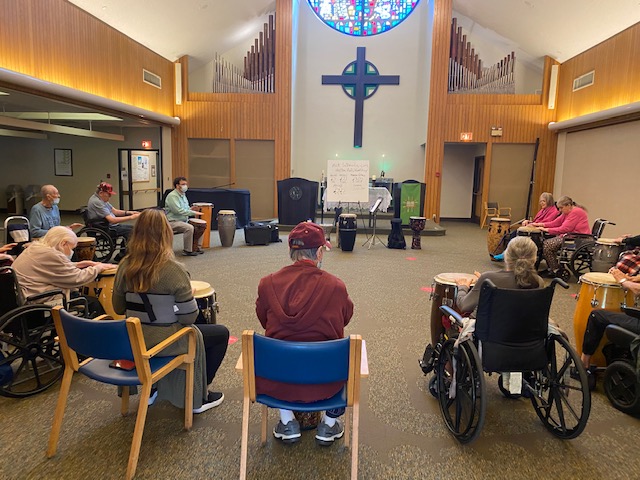
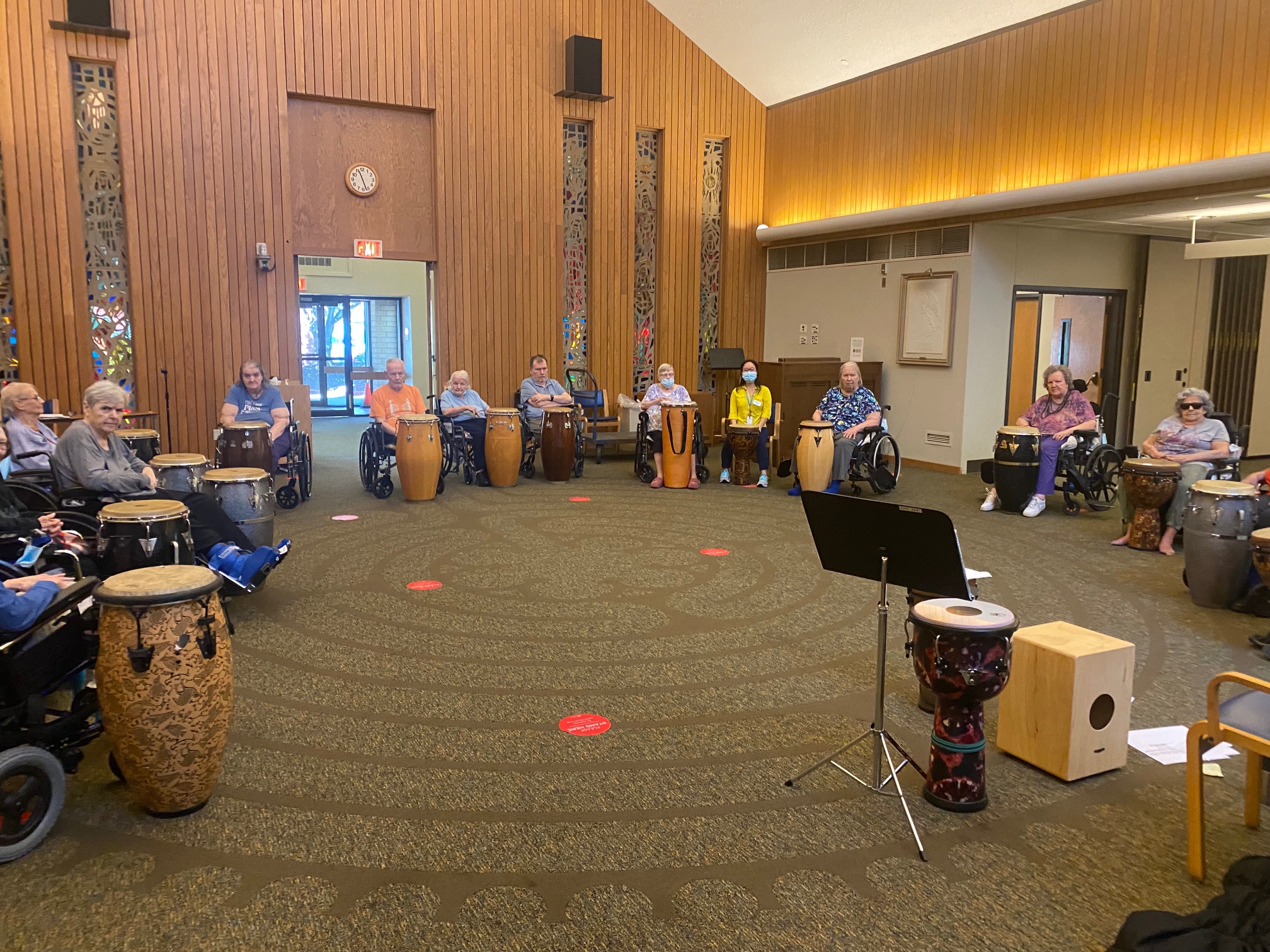
Sharpless 129 is an H-alpha emission nebula commonly called the Flying Bat Nebula located in Cepheus very close to the famous IC 1396 (the nebula that contains the Elephant’s Trunk). The large blue/green nebula inside it, which is over a degree long, is formally known as Ou4 but is colloquially called the Squid (or Giant Squid) Nebula. Ou4 is remarkable for having been discovered very recently, in 2011, by amateur astronomer Nicolas Outters (hence the “Ou” in “Ou4”). It was originally called a planetary nebula but is now thought to be some kind of bipolar outflow from the bright blue star at its center (which is HR 8119).
Both Sharpless 129 and Ou4 take up a lot of sky so a large field of view is necessary to capture them. This image was captured with an Atik 460ex camera attached to a Borg 60ED f/4 refractor with a focal length of 240mm. This is a 10-hour image consisting of 5 hours of H-alpha, 4 hours of O-III binned 2×2, and 1 hour of RGB. At 60mm of aperture this may be the smallest scope ever used to capture Ou4 (which is extremely faint).
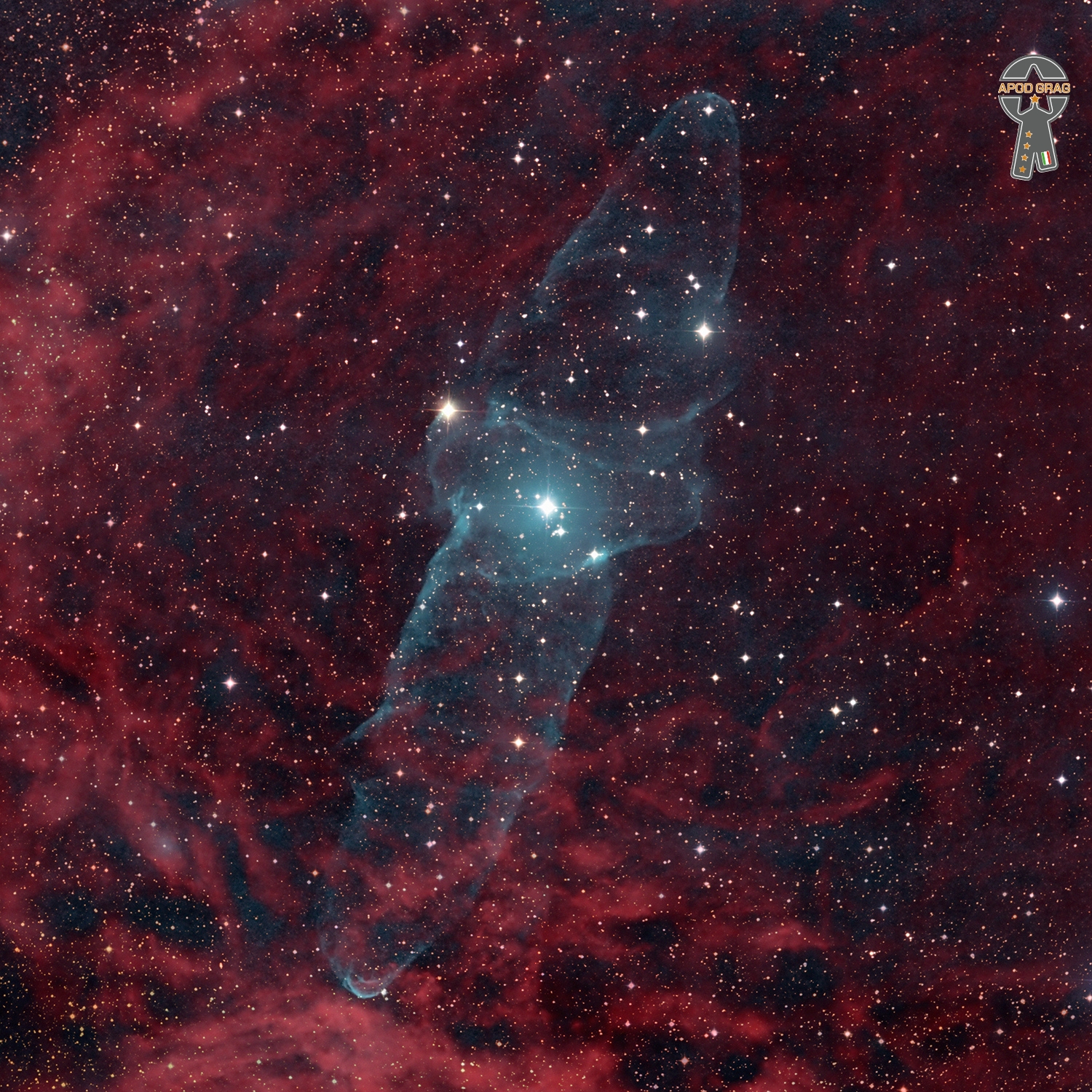
David Freiberg (pronounced FRY-BERG) (born August 24, 1938) is an American musician best known for contributing vocals, keyboards, electric bass, rhythm guitar, viola and percussion as a member of Quicksilver Messenger Service, Jefferson Airplane, and Jefferson Starship. Among other tracks, he co-wrote “Jane,” a hit for Jefferson Starship.
Classically trained in violin and viola, Freiberg began his career moonlighting as a coffeehouse singer-songwriter (playing acoustic guitar) during the American folk music revival while working for a railroad. For a while, he shared a house in Venice, California with David Crosby and Paul Kantner before being briefly jailed for marijuana possession. Prior to being incarcerated, he also became acquainted with Dino Valenti, then Crosby’s nominal roommate on a houseboat in Sausalito, California. During his time as a coffee house folk singer, he was part of the duo David & Michaela. David & Michaela made a demo at CBS studios, and “Elektraproducer Paul Rothchild proposed fitting them into a bigger folk group. But the onset of the Beatles spelled the end of David & Michaela, and incentive for Freiberg to switch to rock and electric instruments.
more...Reggie Watkins – August 24t 1971 Born and raised in Wheeling WV and a long time Pittsburgh resident the trombonist, pianist, arranger and composer has released three recordings as leader and has been featured on many others. From 1999 to 2006 he served as trombonist and musical director for trumpeter and band leader Maynard Ferguson and later with Jason Mraz from 2008 to 2013. In 2003 Watkins was chosen as a semi-finalist in the “Thelonious Monk International Jazz Competition.” Watkins has performed and recorded with many great artists from various genres including Aretha Franklin, Dave Matthews, Dianne Shuur, Jose Feliciano, Willie Nelson, Arturo Sandoval, Trombone Shorty, The Temptations and The O’Jays. Currently, in addition to leading his own group that performs mainly Watkins’ original music, he is also a member of the Grammy nominated Orrin Evans’ Captain Black Big Band, The Pittsburgh Jazz Orchestra, Scott Bradley’s Postmodern Jukebox and a founding member of The Keystone Jazz Collective and Steeltown Horns.
more...Oteil Burbridge is an American multi-instrumentalist, specializing on the bass guitar, trained in playing jazz and classical music from an early age. He has achieved fame primarily on bass guitar during the resurgence of the Allman Brothers Band from 1997 through 2014, and as a founding member of the band Dead & Company. Burbridge was also a founding member of The Aquarium Rescue Unit and Tedeschi Trucks Band, with whom his brother Kofi Burbridge was the keyboardist and flautist. He has worked with other musicians including Bruce Hampton, Trey Anastasio, Page McConnell, Bill Kreutzmann and Derek Trucks.
Burbridge has been recognized for his ability to incorporate scat-singing into his improvised bass solos. Burbridge endorses Fodera, Modulus, Sukop and Dunlopguitars and effects. Burbridge was born and raised in Washington, D.C., to an African American family with some Egyptian heritage. His name, Oteil, means “explorer” or “wanderer”. When he and elder sibling Kofi showed talent for music, their mother encouraged them with classical and jazz courses hoping to nurture their musical inclinations and keep them out of trouble. Kofi remembers Oteil’s first drum set: a Quaker Oatmeal box, when he was only three or four years old. Both brothers were introduced to a wide variety of instruments, and became multi-instrumentalists, with both being taught to play the piano. Oteil gained proficiency on the bass clarinet, violin, and trumpet; however, bass guitar and drums became his instruments of choice (while Kofi developed a love for both flute and keyboards).
more...Claude Driskett Hopkins (August 24, 1903 – February 19, 1984) was an American jazz stride pianist and bandleader.
Claude Hopkins was born in Alexandria, Virginia, United States. Historians differ in respect of the actual date of his birth. His parents were on the faculty of Howard University. A talented stride piano player and arranger, he left home at the age of 21 to become a sideman with the Wilbur Sweatman Orchestra, but stayed less than a year. In 1925, he left for Europe as the musical director of The Revue Negre which starred Josephine Baker with Sidney Bechet in the band.
He returned to the US in 1927 where, based in Washington D.C., he toured the TOBA circuit with The Ginger Snaps Revue before heading once again for New York City where he took over the band of Charlie Skeets. At this time (1932–36), he led a Harlem band employing jazz musicians such as Edmond Hall, Jabbo Smith and Vic Dickenson (although his records were arranged to feature his piano more than his band). This was his most successful period, with long residencies at the Savoy and Roseland ballrooms and at the Cotton Club. In 1937, he took his band on the road with a great deal of success.
The high-pitched vocals of Orlando Roberson (Orlando Herbert Roberson 1909–1977) were a feature of the band’s work. It included Ovie Alston, Fernando Arbello, Shirley Clay, Vic Dickenson, Edmond Hall, Arville Harris, Pete Jacobs, Sylvester Lewis, Ben Smith, and Jabbo Smith.
more...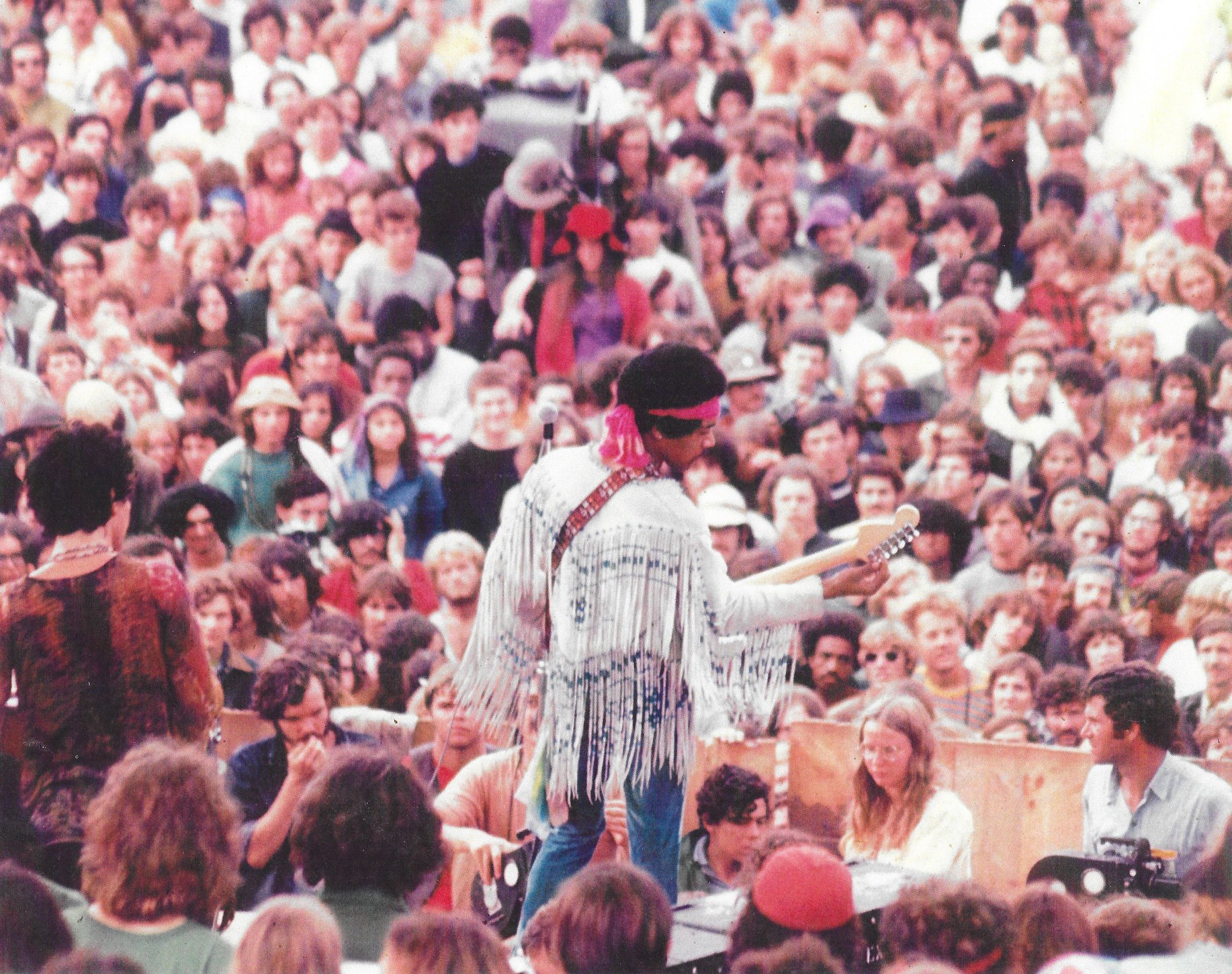
More Posts
- Roy Ayers Day
- Prince Lasha Day
- World Music with Chapey Kong Nay
- Daily Roots with Barrington Spence
- The Cosmos with M1
- Otis Redding Day
- Elvin Jones Day
- World Music with Badie Mohd Al Tayeb
- Daily Roots with Torch
- The Cosmos with RCW 120
- Butch Warren Day
- James Clay Day
- Wilbur Ware Day
- World Music with Tsedenia Gebremarkos
- Daily Roots with the Impact All Stars
- The Cosmos with NGC 2080
- Buddy Holly Day
- Little Milton Day
- Sonny Rollins Day
- World Music with Paco de Lucia